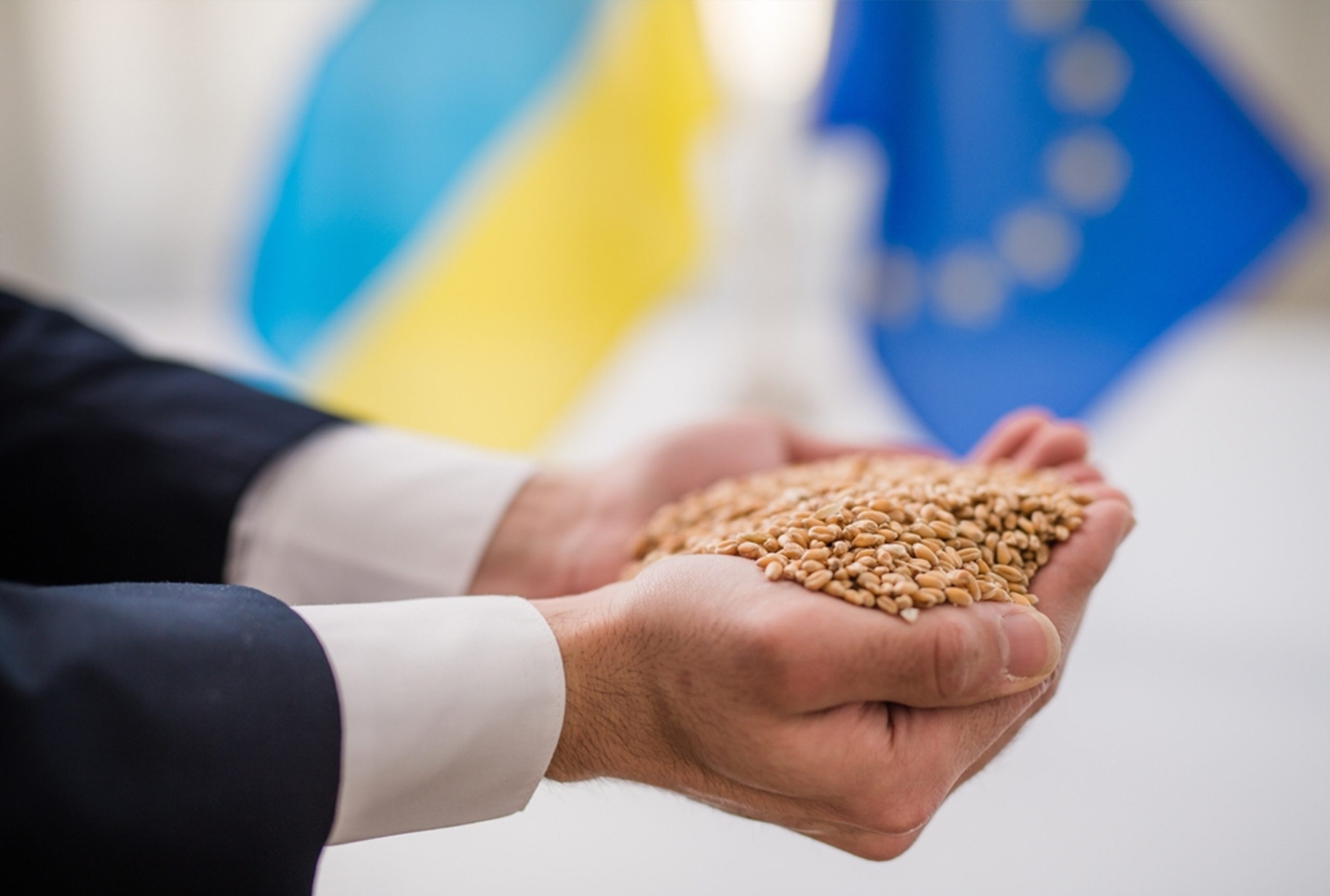As supply chain problems have already sent food prices soaring, the Russian invasion of
Ukraine threatens to cut off certain international shipments of
wheat, causing shortages and driving up the price of a critical commodity.
Collectively, Russia and Ukraine ship out more than a quarter of the world's wheat, which ultimately ends up in the stomachs of billions of people as various forms of packaged food. Barley, sunflower seed oil, and corn are just some of the other commodities these nations supply in large quantities.
Wheat prices are rising with other commodities worldwide due to pandemic-related transportation disruptions, growing costs for farmers, and unfavorable weather. According to IMF projections, the price of
wheat will increase by 80 percent between April 2020 and December 2021.
In the wake of the Russian invasion, demand has far outstripped supply across the globe, including in
Canada.
By the end of March, Canada's total wheat stocks amounted to 10.1 million metric tons, down 38.7 percent from last year.
Due to the COVID-19 pandemic, food manufacturers are paying more than twice as much for
wheat than they were before. As of April 2022, costs have increased by 73.8% annually.
Wheat-based products are becoming more expensive for Canadian consumers. Bread (+12.2%), pasta (+19.6%), and cereal items (+13.9%) all cost more in April in
Canada than they did a year earlier.
2021, a Tough Year for Canadian Wheat Farmers
Unfortunately for Canadian wheat growers, 2021 was not a good year. The greatest drought in almost two decades hit
wheat growers in the Prairies that year (2021). After record-high temperatures and a lack of moisture in western
Canada, wheat production dropped to a 20-year low of 31.6 bushels per acre.
Since 2021, Canadian
wheat production has decreased by 38.5 percent to 21.7 million metric tons, while exports have dropped by 44.0 percent to 10.0 million metric tons.
While the three Prairie provinces account for over 90% of yearly Canadian wheat production, farmers in Saskatchewan were impacted the hardest.
Canada’s Current Situation in Wheat Market
In light of the conflict in
Ukraine, export operations from Europe has been called into question. In contrast, forecasts for Canadian exports in the coming marketing year 2022-2023 have increased (August-July). As a result of growing shipments from Black Sea manufacturers,
Canada's share of the worldwide export market has been declining for several years.
Although the country produces only 4.5–5% of the world's
wheat, it exported 7.7% of all wheat in 2021. According to projections in the World Agricultural Supply and Demand Estimates recent report by
USDA, the next marketing year will see an increase in export share to 12% of total global volume.
To suggest that Russia's actions this year have significantly impacted the international
wheat market would be an understatement.
Amid the Russia-Ukraine conflict, farmers expect to grow 25.0 million acres of
wheat in 2022, roughly the size of South Korea.
Wheat planting was anticipated to be higher this spring across Saskatchewan, Alberta, and Manitoba, with farmers hoping for cooler temperatures and more rainfall. As far as we can tell, almost two-thirds of Manitoba farmers have finished seeding. Only slightly more than three-quarters of farmers in the most hit areas of Saskatchewan have finished planting their crops.



